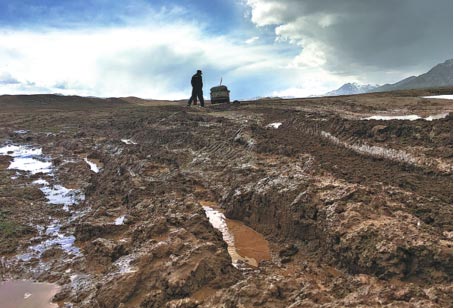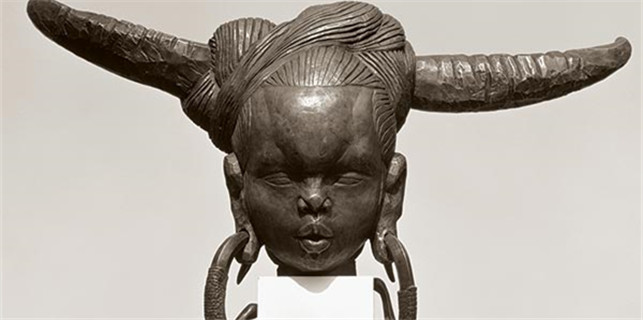Protecting the antelopes
 |
|
Over the years, Tsering Samdrup and his fellow patrolmen have patrolled the mountains at the Hoh Xil National Nature Reserve, fought poachers and illegal gold miners.[Photo provided to China Daily] |
Another summer night, sleeping in the vehicle with its heating system on, they were woken up by two wolves whose paws made squeaky noises as they climbed on the front windscreen trying to steal meat kept on the roof.
But what makes Tsering want to stay in Hoh Xil despite its harsh natural environment is its beauty, freedom and loveliness.
"It is amazing to see tens of thousands of Tibetan antelopes travel thousands of kilometers, crossing so many mountains and rivers through rain, snow and hail, and threatened by predators such as wolves and foxes, just to give birth on the grasslands around Zhuonai and Taiyang," he says, adding that "nobody knows why it has to be there".
"But they are all be gone before mid-August. It's an amazing scene. One night you see more than 20,000 mothers and babies resting on the grassland. And the next morning when you walk out of your tent you will find they have all disappeared. You have no idea how they vanished."
The patrols stay in their makeshift protection station for two weeks. And if they find baby antelopes hurt or left alone they take them and care for them.
Back in late 1990s and early 2000s, when the Tibetan antelope protection center had not been built, the men and the baby antelopes would all live together.
"They were very naughty. They would sleep with us on the ground, but they would wet our quilts, two or three times a night. If we couldn't stand the wet quilt we would just turn it over and continue to sleep."
He says that after so many years he has a really deep affection for the land and the animals.
"I know how those babies try to stand up and take their first steps, but I have not seen how my two daughters stood up or took their first steps," he says.
"One of the most comforting things is that now you can see Tibetan antelopes, Tibetan wild donkeys and Tibetan gazelle grazing casually along the Qinghai-Tibet railway line and highway. There are many heavy trucks on the road but the animals are used to the hustle and bustle. After two decades of protection they know that most humans won't hurt them."




















